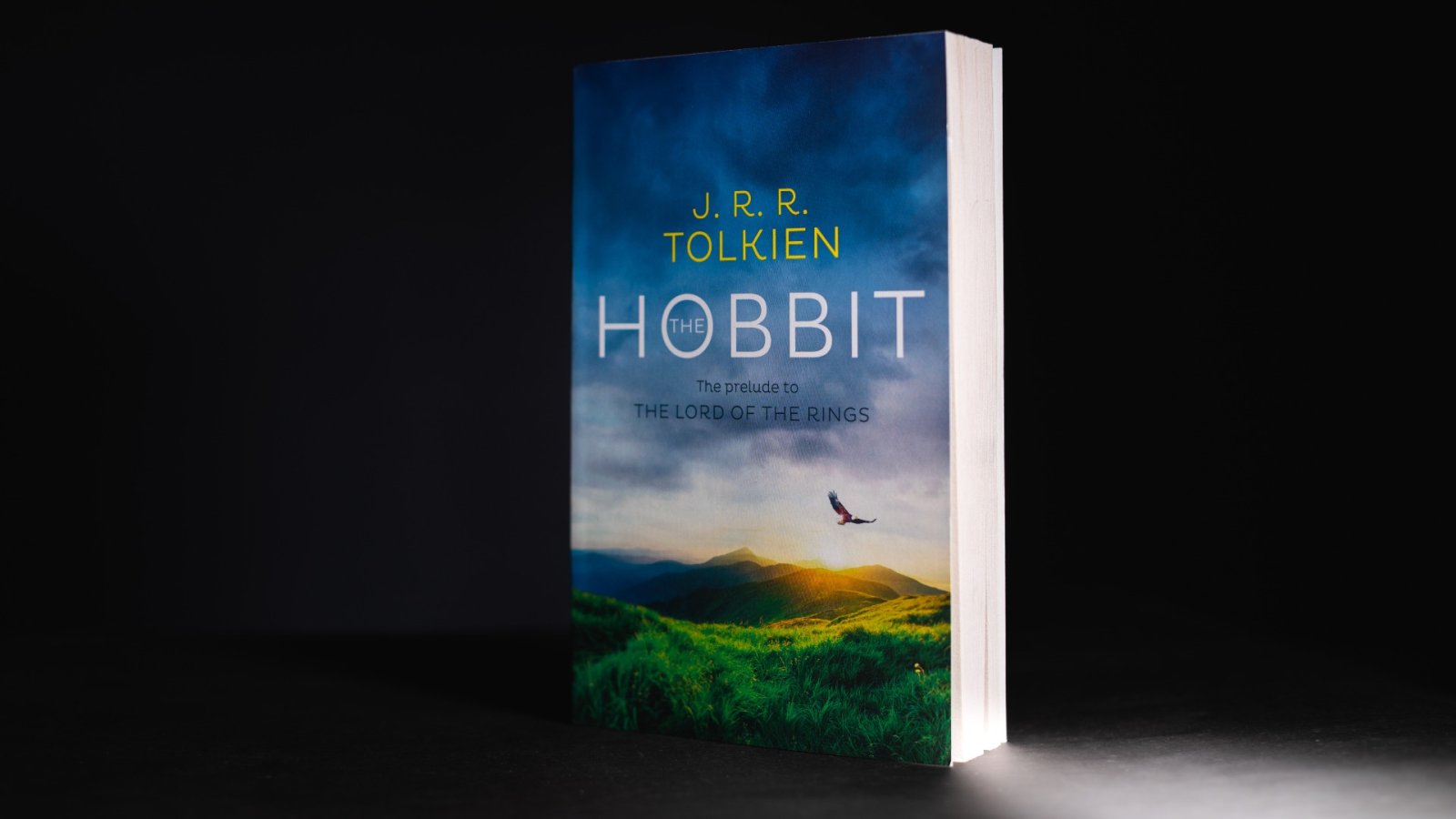Artists and writers are usually seen as separate within the arts. We give awards to people who specialize in specific genres. However, there are instances where they are the same and can be seen as two sides of the same coin. The creative drive that motivates makers to create seems to have no limits. Visual artists often work across different genres, and it follows that many writers would be drawn to creating worlds beyond the written word. Children's book authors who illustrate their own texts are often dismissed because of the perceived youth of their audience. However, authors such as P.L. Travers and J.R.R. Tolkien have argued that there is no such thing as writing for children. Illustrations, whether for books aimed at children or adults, allow readers to more fully engage with the story and better understand the author's vision.
Beatrix Potter, The Tale of Peter Rabbit
Beatrix Potter's series of children's books, including stories about Peter Rabbit, Benjamin Button, and Tom Kitten, is familiar to many people as their first introduction to reading. Potter began her career as an illustrator, drawing inspiration from fairy tales and fantasy. She also illustrated other writers' stories, such as the Brer Rabbit tales and Puss-in-Boots. In addition to her hobby of illustrating, Potter began creating her own fantasies featuring her pets as characters. She was known to sketch images of animals and the countryside and in 1901, she turned one of these into her first book: The Tale of Peter Rabbit. Despite being rejected by several publishers, Potter privately published the book, which was later picked up by Frederick Warne and commercially published. This was followed by 20 more illustrated books.
Antoine de Saint-Exupéry, The Little Prince
The author and aviator served in the French air force from the early 1920s until 1940 when France was invaded by the Nazis. During his exile, he wrote one of the most well-known and beloved books in the world: The Little Prince (1943). Inspired by his own experiences as a pilot and world traveler, the story follows a young prince on his journey to different planets, each inhabited by a single adult who represents a personal or societal flaw. When asked by Life photojournalist John Phillips about the inspiration for the prince, Saint-Exupéry gave a magical response. He said that one day, he saw a childlike figure on what he thought was a blank piece of paper.
J.R.R. Tolkien, The Hobbit
The Hobbit introduced the world to Middle Earth, the setting for one of the most influential fantasy series of all time. The book was originally published with 20 illustrations by Tolkien, depicting everything from the peaceful Shire to the dragon Smaug on his hoard of gold, as well as two maps of Middle Earth. The dust jacket also featured a painting by Tolkien, showing the Misty Mountains and Mirkwood forest, which the hobbit Bilbo Baggins travels through in the story on his way to the Lonely Mountain.
Tolkien was working on paperwork when he was suddenly inspired to jot down the first line of The Hobbit and he spent the next seven years writing the book and illustrating the fantasy world in which it is set. Although it included a significant number of illustrations, during preparations for the book's 75th anniversary, it was discovered that Tolkien had actually created over 100 illustrations, many of which had been largely forgotten in the archives of the Bodleian Library in Oxford. These works include watercolors, ink line drawings, and sketches, and they reflect Tolkien's many visual influences, particularly the 19th-century polymath William Morris and the Arts and Crafts Movement, which can be seen in the harmonious color palettes and lack of overly elaborate compositions.
Lewis Carroll, Alice’s Adventures Underground
Although Charles Dodgson, better known by the pseudonym Lewis Carroll, has been re-evaluated in recent years, Alice's Adventures in Wonderland (1865) and other books in the series remain some of the most famous and bestselling children's books of all time. The illustrations in the first edition were done by Sir John Tenniel and are the most well-known depictions of Alice and the other characters in Wonderland. However, less known is that Dodgson himself created 37 ink drawings to illustrate the original manuscript, titled Alice's Adventures Underground, which established the tone and many iconic scenes associated with the story. The author also captures the claustrophobia of some scenes by drawing Alice bigger, at the border of the page.






